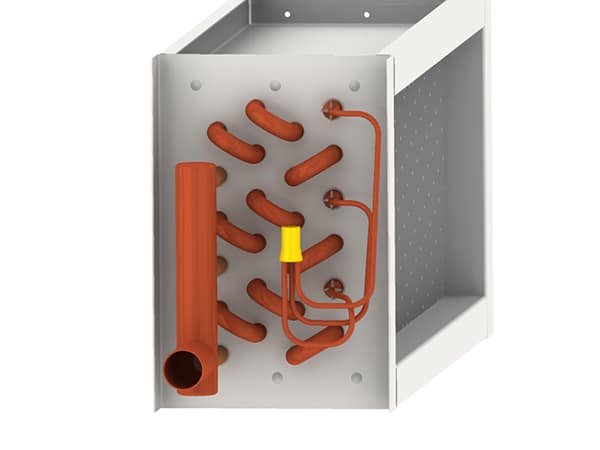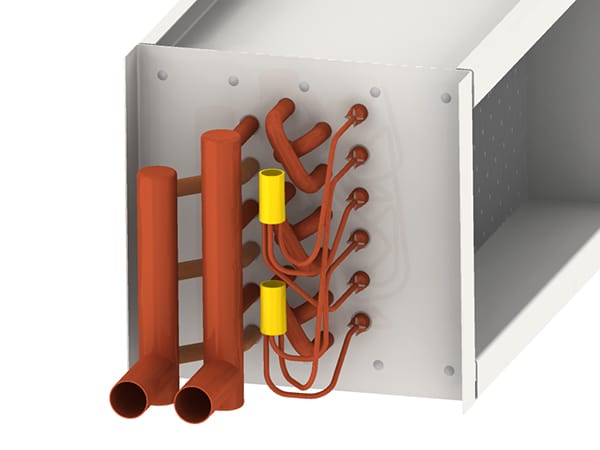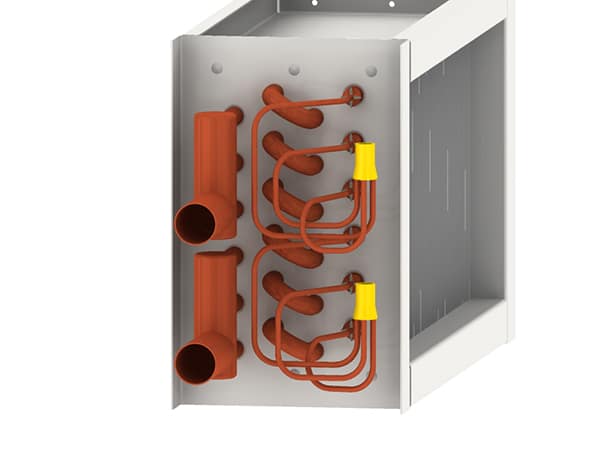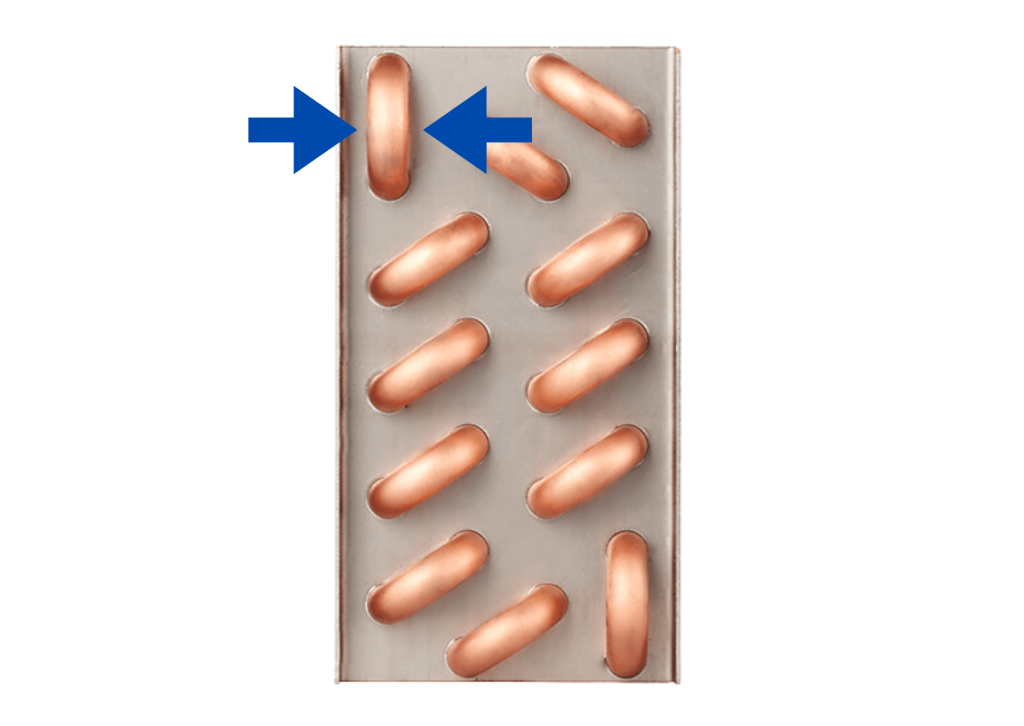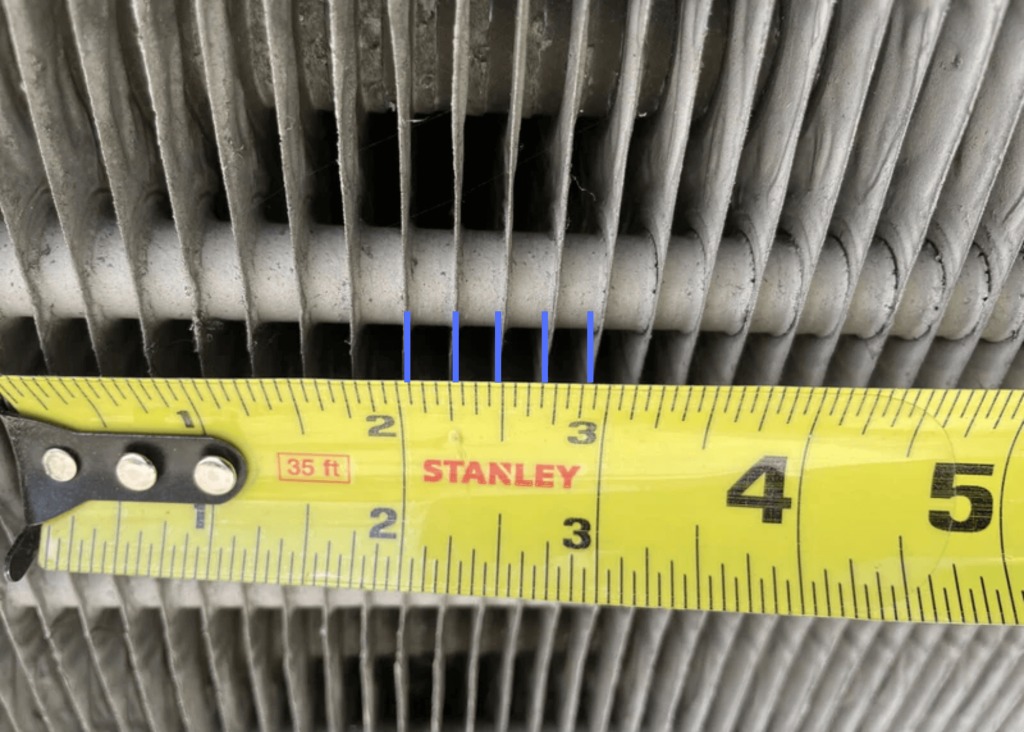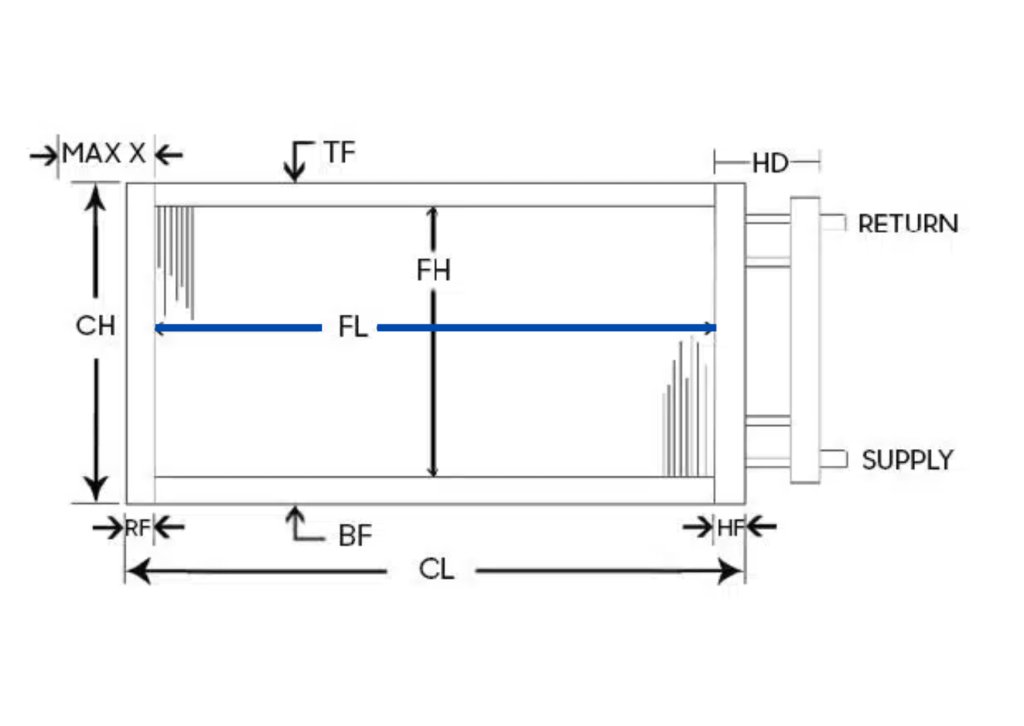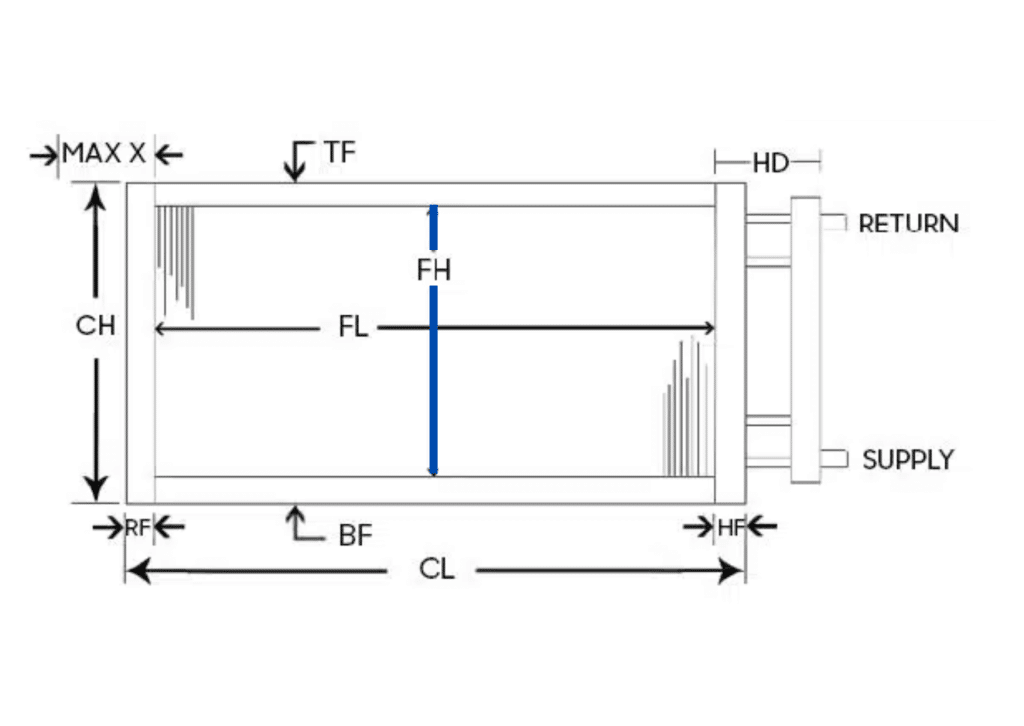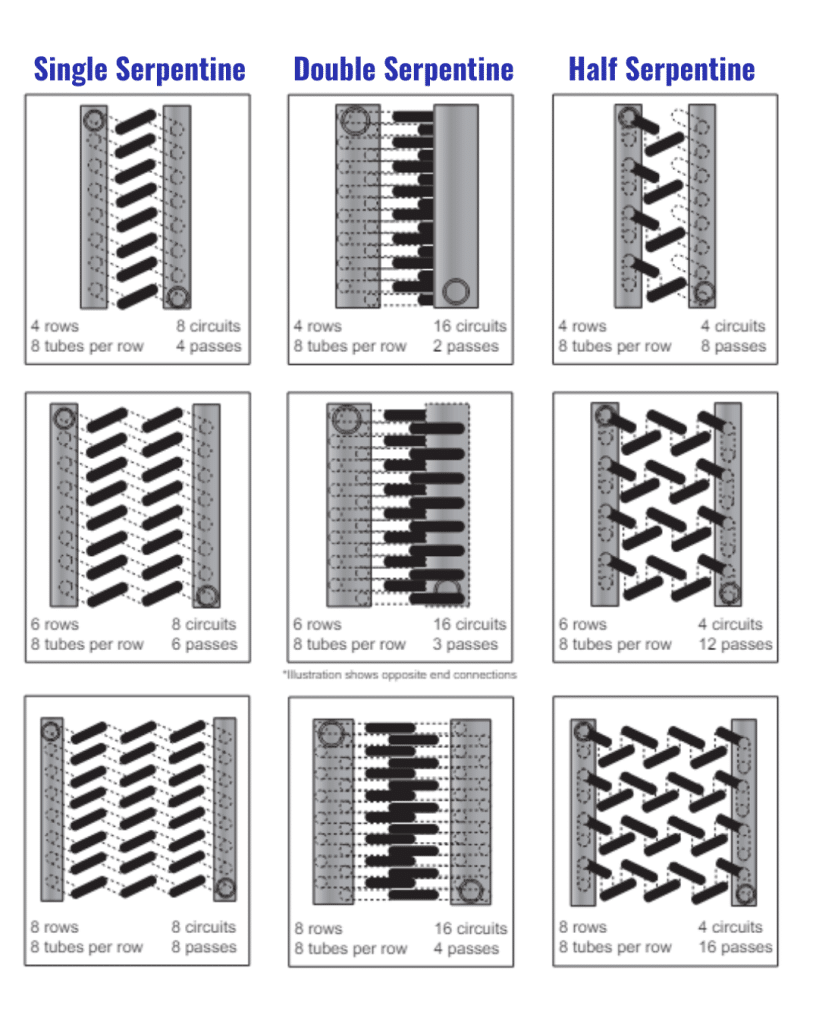Industrial & Commercial Heating, Ventilation, Air Conditioning, and Refrigeration Professionals
Delivering Value Through Engineering Since 1972
Lincoln Associates has been a top HVAC & Refrigeration equipment representative across the Southeast for over five decades.
Our experienced engineers specialize in custom system integration for industrial and commercial end users, contractors, and engineers.
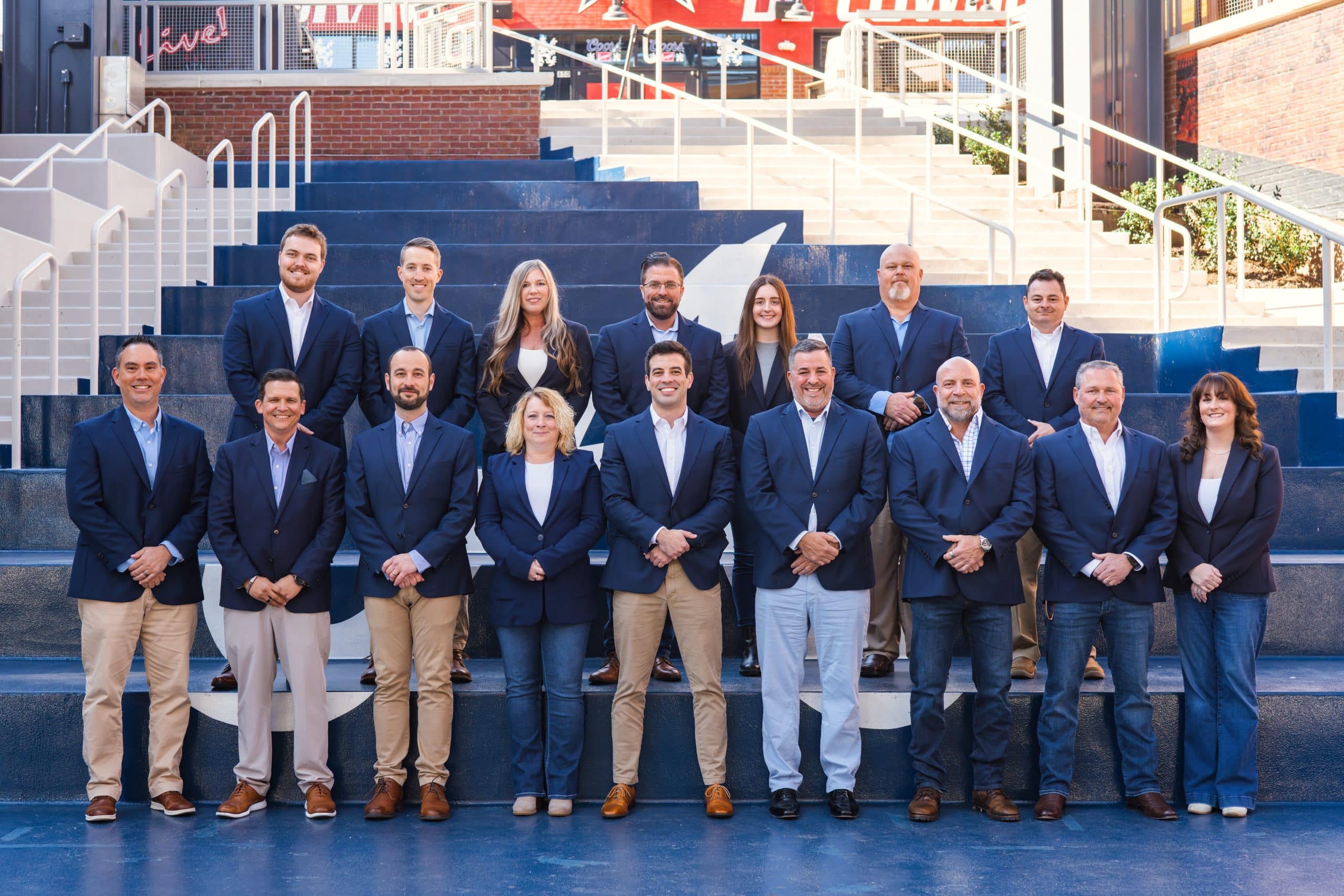
Our Trusted Manufacturing Partners
We are committed to providing our customers with quality products, engineering and customer service through creativity, integrity and professionalism. Below are a few of our featured partners.



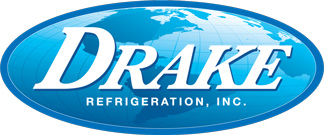
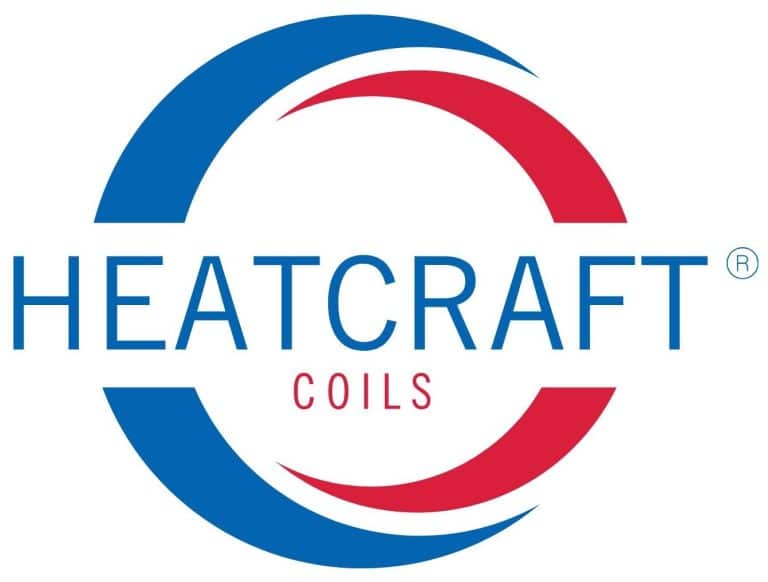
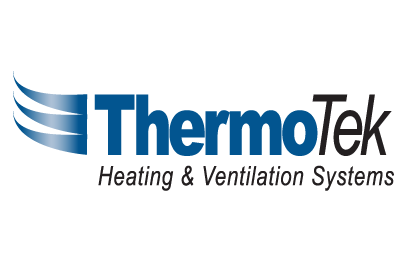
What We Do

Consulting
Our consultative sales approach focuses on understanding your needs and providing custom solutions that consistently exceed expectations. We aim to create long-lasting partnerships by offering valuable insights and ensuring our products and services align with your goals.

Design & Integration
Our team of engineers design custom HVAC solutions, seamlessly integrating diverse product lines to optimize performance and efficiency of your project or application. Our strong vendor relationships guarantee access to top-quality equipment and support throughout the process.

Lincoln Associates endeavors to be the leader in the representation of quality industrial HVAC & Refrigeration manufacturers
We are committed to providing our customers with quality products, engineering and customer service through creativity, integrity and professionalism.
Years In Business
Trusted Vendors
Experienced Engineers
Happy Clients
Lincoln University
Welcome to Lincoln University, your hub for heating, ventilation, air conditioning, and refrigeration education. We provide a diverse range of resources to help you stay informed and excel in the industry. Explore our resources below and embark on your path to becoming an industrial HVAC & Refrigeration expert!
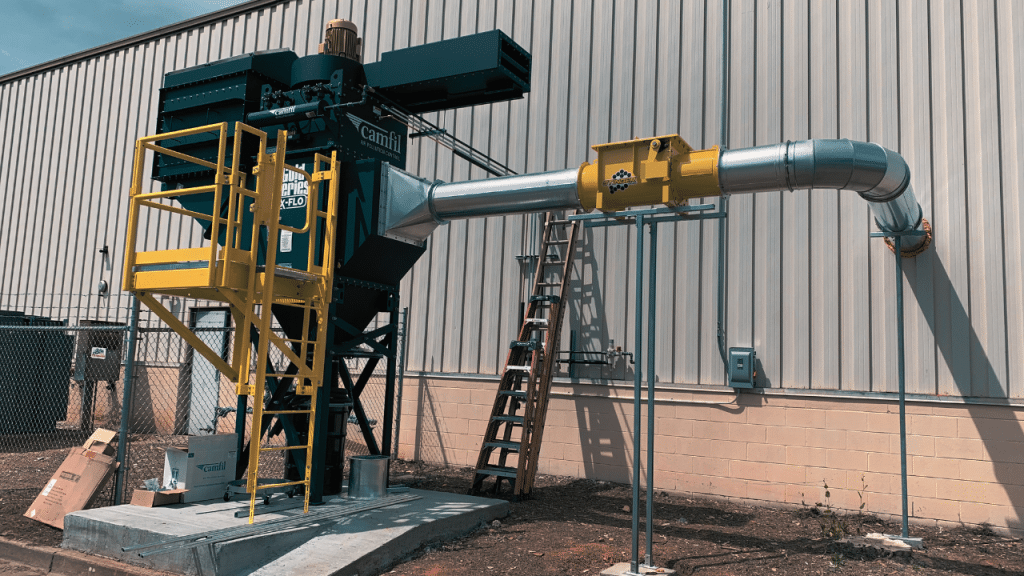
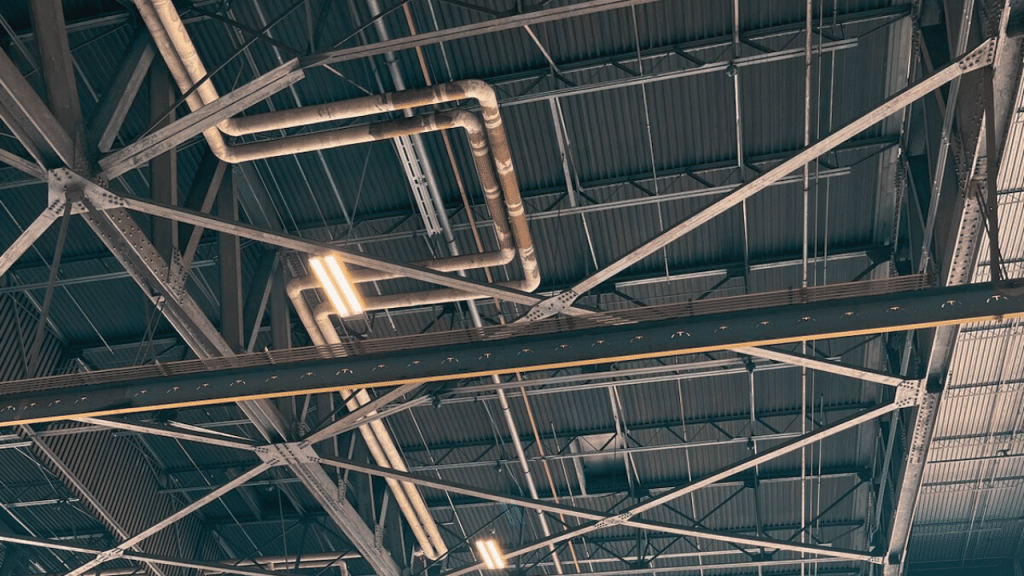
View Our 2025 Line Card:
Contact Us
*Our Customer Support Team will reach out to you within 24 hours during normal business operations.

